A Passive Infrared (PIR) module, also known as a PIR sensor or PIR detector, is an electronic device used to detect motion based on changes in infrared radiation. PIR modules are commonly used in security systems, lighting controls, and other applications that require motion detection.
Here’s how a PIR module generally works:
- Infrared Sensing: PIR modules have a sensor that can detect infrared radiation emitted by objects. The sensor consists of multiple individual sensors, often arranged in a grid or a dome shape, which cover a wide detection area.
- Pyroelectric Material: The sensors in a PIR module are typically made of pyroelectric materials. These materials generate a small electrical charge when exposed to changes in infrared radiation.
- Detection Circuit: The PIR module contains a detection circuit that processes the electrical signals generated by the pyroelectric sensors. The circuit amplifies and filters the signals to detect motion.
- Fresnel Lens: PIR modules often have a Fresnel lens in front of the sensor array. The lens focuses the infrared radiation onto the sensors, improving the detection range and sensitivity.
- Motion Detection: When a person or object moves within the detection range of the PIR module, the change in the infrared radiation pattern is detected by the sensors. This triggers the detection circuit to send a signal indicating the presence of motion.
- Output: PIR modules typically provide an output signal, such as a digital signal or a voltage change, to indicate motion detection. This signal can be used to trigger an alarm, activate lights, or control other devices.
It’s important to note that PIR modules are primarily sensitive to changes in infrared radiation caused by moving objects. They are less effective at detecting stationary objects or slow movements. Additionally, PIR modules are usually designed for indoor use and may not perform optimally in outdoor environments.
PIR modules are widely available and can be integrated into various projects and systems to provide motion detection capabilities.


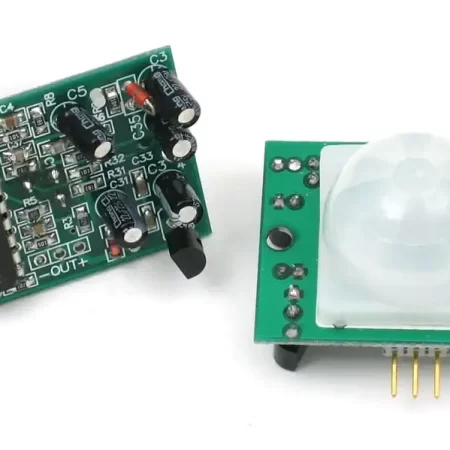

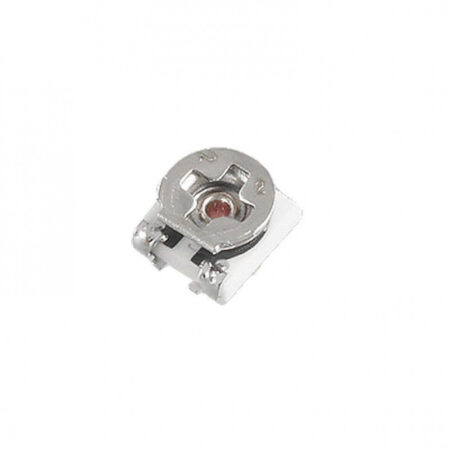



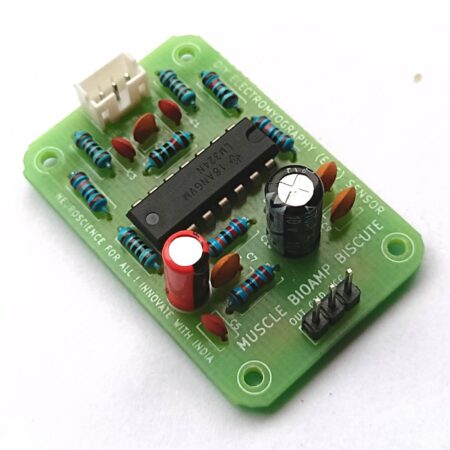

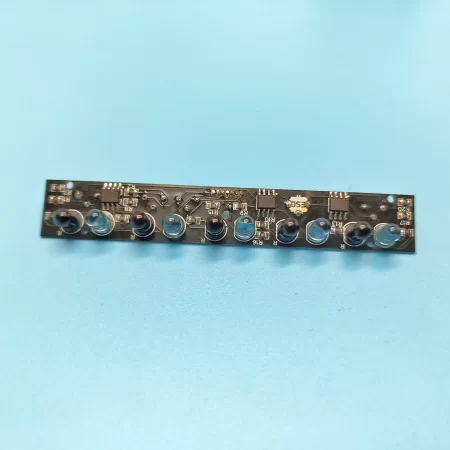


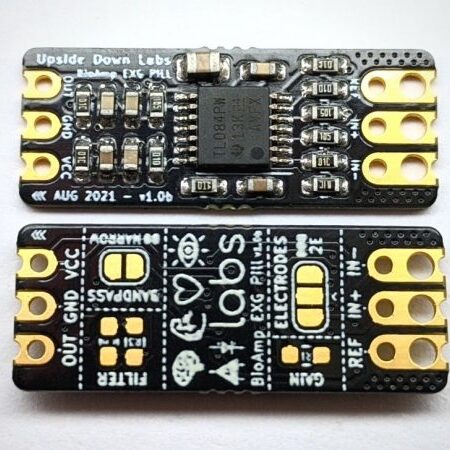
Reviews
There are no reviews yet.